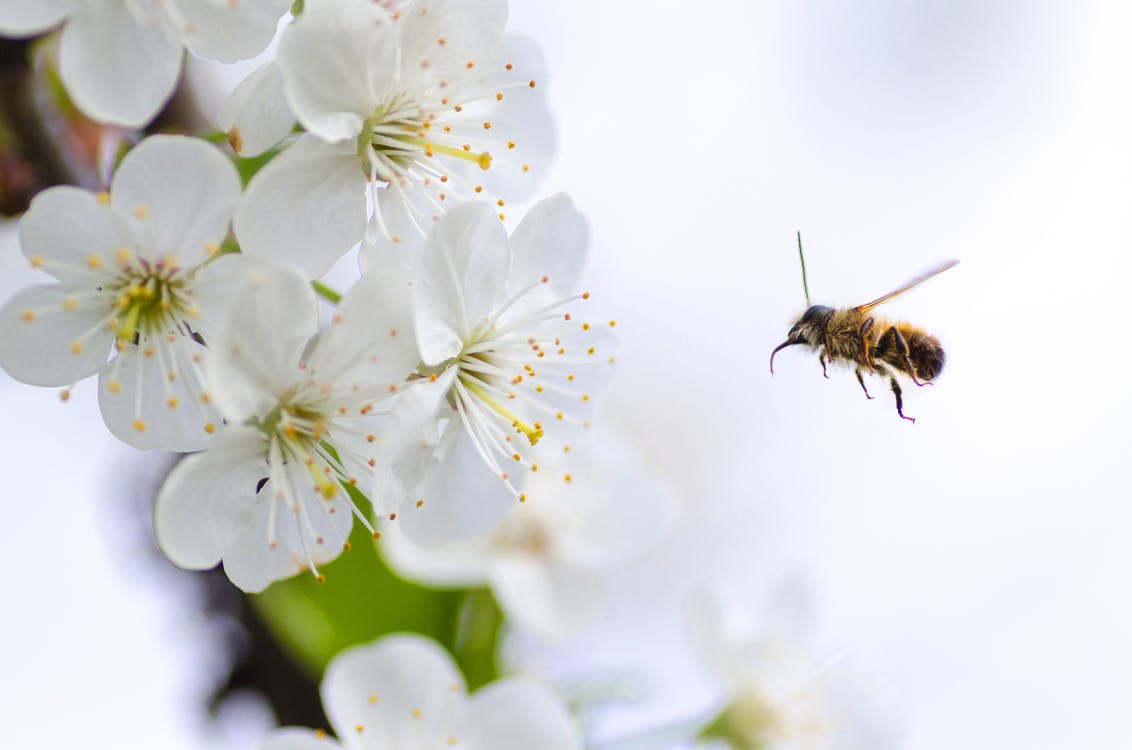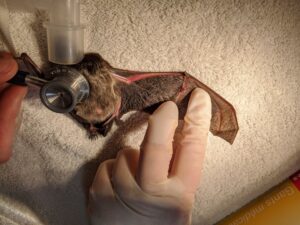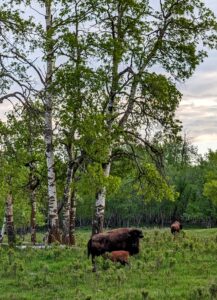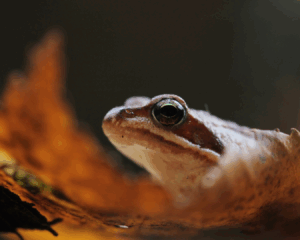The annual failure rate of bee colonies is 30 percent across North America. In today’s society, it’s certainly tough to be a bee. Between pesticides, predators, and construction, society has done a horrible job of keeping the bee population alive. Therefore, it’s time for us to give back. Through cross-pollination, bees provide about 30 percent of the food that we put on our tables, and we need to help them just like they help us survive each and every day. In order to preserve bee colonies and prevent them from going extinct, we should all consider planting a bee-approved garden.
Bees Are Colorblind
With the evolution of the eye, there are certain pigments that appear in some species differently than others. While we all have eyes, we all also see differently. Bees tend to have eyes that do not favor the color red because they simply cannot see it. Instead, they are drawn to blues, yellows, and whites in flowers. So if you want to bring back the bee population, you should plant white roses, bluebells, and blossoms, or yellow tulips to attract the passing bee.
Bees Pollinate To Eat
While bees tend to like plants of a certain color, there is also another criterion a bee needs for their plants of choice. Bee-approved plants need to be able to produce nectar. Nectar contains a carbohydrate sugar that provides the bee with energy that they share with the whole hive. They also collect the pollen from plants and use it for proteins and fats to be shared by the hive. Therefore, if you want to protect bee populations and attract more of the pollinators to your garden, you will want to plants like the Siberian Squills and marigold. Other plants that also produce nectar include maple trees and fruit trees.
Bees Need Protection From Parasites
One of the biggest reasons why the bee population has diminished is because of a parasite known as Varroa mites. These mites infest bee colonies and suck blood from both adult bees and their developing brood. Some babies are then born with missing legs or wings and shorten the length of a bee’s life. If you want to protect the bees from these dangerous parasites, you will want to add heating chambers to your bee areas, since heat can kill these mites without harming bees. You can also use organic methods and plant thyme and mint around bee hives, as these can deter mites from their devastation.
Bees are an important part of the ecosystem. Not only do they feed our most iconic bears, but they also serve as pollinators for many plant species. With all the pesticides and destruction of their habitat, they seem to be in a bit of decline in their population. Therefore we need to understand these marvellous creatures more, and provide them with safe havens in our gardens to help them out.
—
Thank you to our guest contributor, Karoline, for this post.







3 thoughts on “Replenish The Bee Population With A Bee-Friendly Garden”
I live in Sarnia On
What are the best flowers to plant to attract bees?
Hi Sheila, this is a great resource on what flowers to plant to attract pollinators 🙂 https://homesteadandchill.com/top-23-plants-for-pollinators/
Learned so much about Bees! Great read!